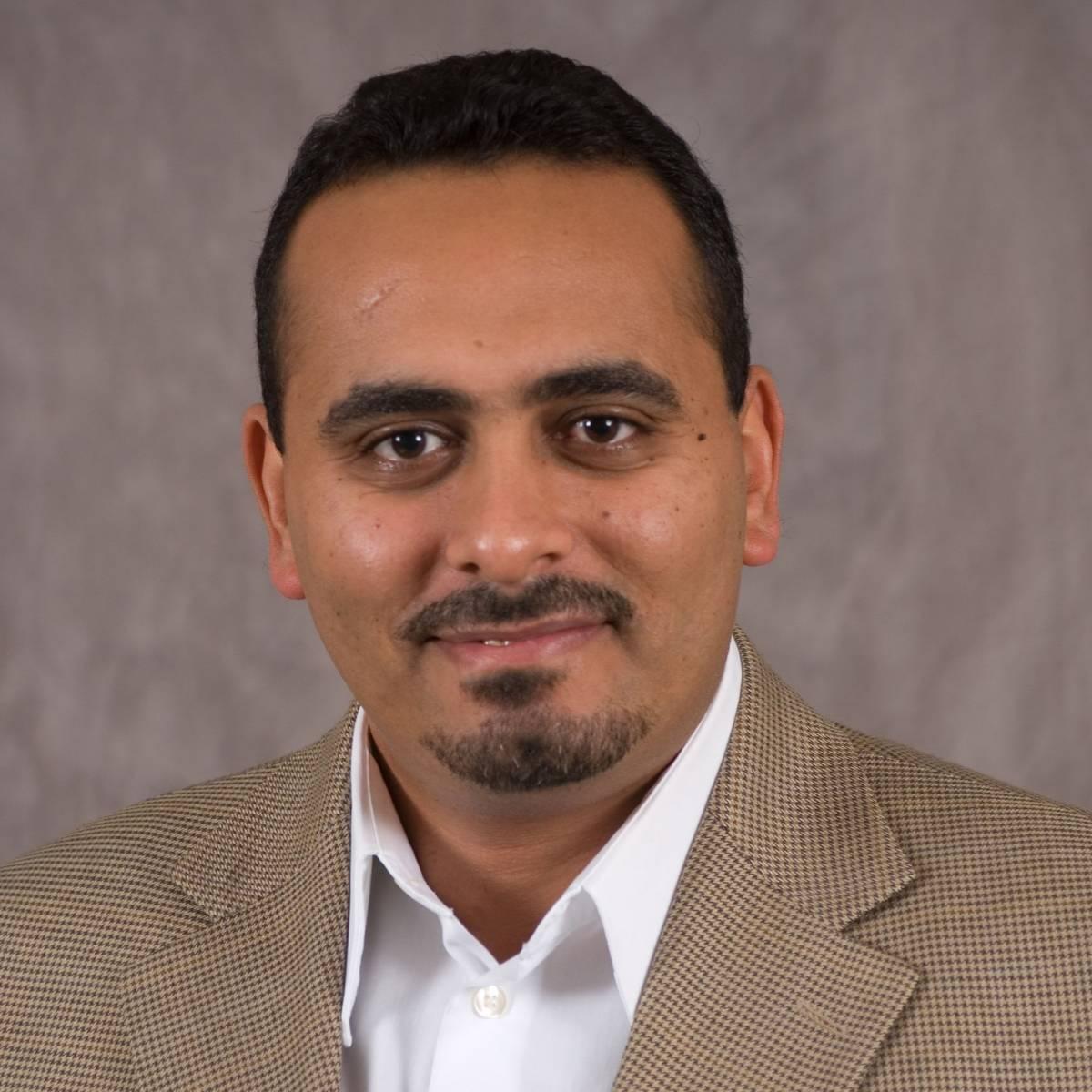
Someday soon — perhaps sooner than we can imagine — NASA will put astronauts on the surface of Mars. And when this happens, these astronauts will need a place to live and work.
To facilitate this, NASA has awarded a $15 million, five-year grant to the HOME Institute (Habitats Optimized for Missions of Exploration), which unites seven higher education institutions — including Georgia Tech — with several industry collaborators in one of NASA’s four Space Technology Research Institutes. The goal of HOME is to develop autonomously functioning habitats known as SmartHab that are essentially self-maintained.
What this means, according to Nagi Gebraeel, Georgia Power Early Career Professor in the H. Milton Stewart School of Industrial and Systems Engineering, is that NASA wants to initially build a lunar-based habitat that is “self-aware and self-sufficient” in its surroundings, much like a highly amplified Amazon Alexa or Google Home.
Once lunar habitats have been perfected, NASA will turn its attention to Mars. For this phase of development, Gebraeel says that “the habitat will be able to determine its own state of health, particularly its physical systems — ranging from environmental control and life support system (ECLSS) to electric power systems (EPS) -- to ensure that the habitat can remain operational.”
Such autonomy is necessary because Mars-to-Earth communication (and vice versa) will have a high degree of latency. The SmartHab needs to be able to make decisions on its own without waiting for instructions from human beings on Earth (which is how, for example, the International Space Station operates).
NASA has said that its experts will use “early-stage technologies related to autonomous systems, human and automation teaming, data science, machine learning, robotic maintenance, onboard manufacturing, and more” in order to accomplish this — all fields tailor-made for an industrial engineer, even though space issues may seem atypical.
As part of meeting this challenge, HOME needed an expert in predictive analytics and machine learning for asset management and optimization. Gebraeel has done such work extensively with power and manufacturing systems and is ready to turn his skills to space.
“We’re so used to developing analytical models for systems that operate with a significant human-in-the-loop component,” Gebraeel noted. “But this problem requires a wholly new perspective, because we are totally removing the human element and are designing analytical algorithms as well as decision optimization models that are completely independent and autonomous.
“As far as industrial engineering is concerned, deep space is a new and unique application domain, and we are excited about the opportunity to be first-movers in this area," Gebraeel added.
Gebraeel is joined by an interdisciplinary team of Georgia Tech faculty: Associate Professor Joseph Saleh in the Guggenheim School of Aerospace Engineering; Professor Thomas Orlando in the School of Chemistry and Biochemistry; Assistant Professor Matthew Gombolay in the College of Computing; and Stephen Balakirsky at the Georgia Tech Research Institute.
